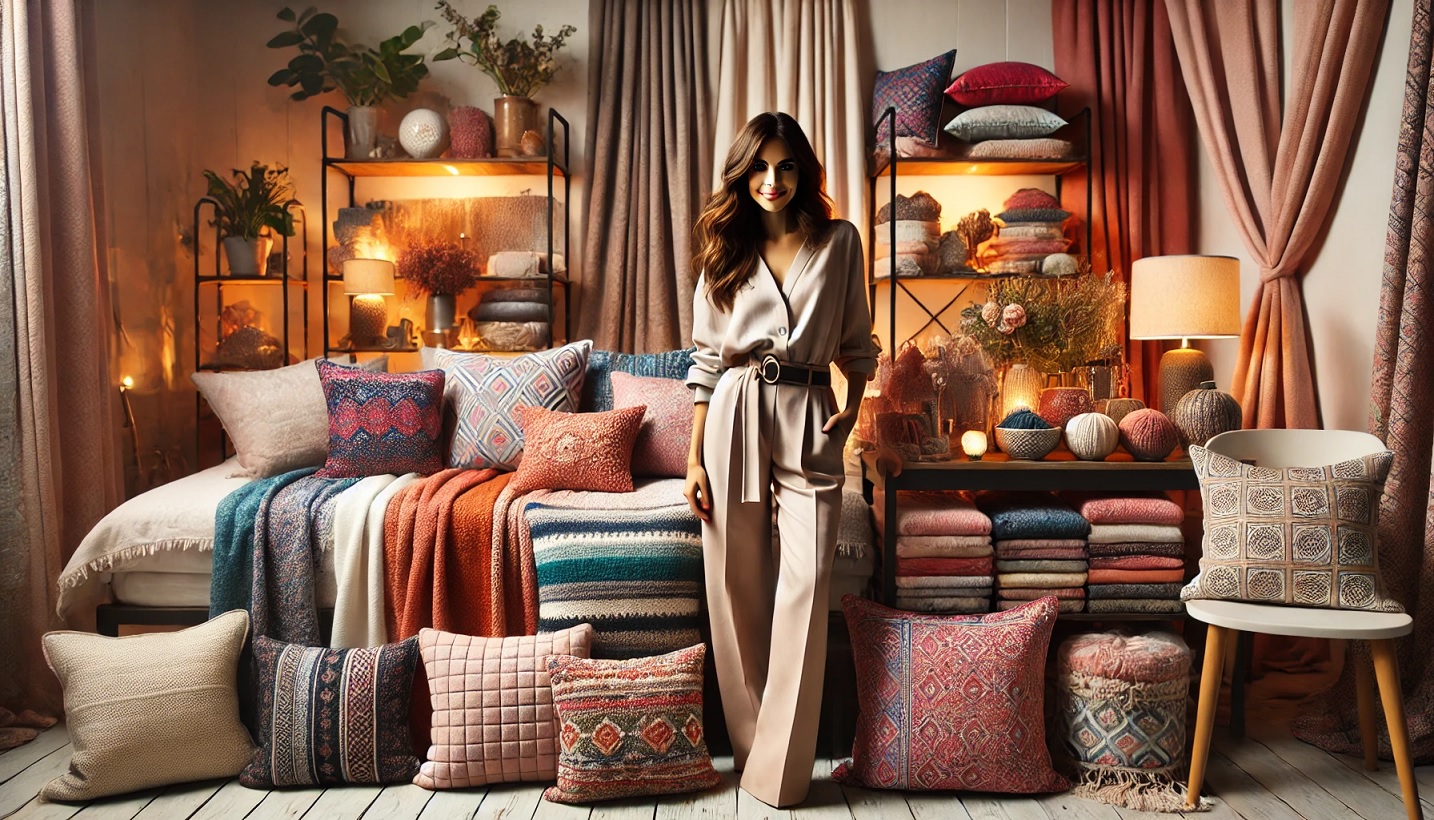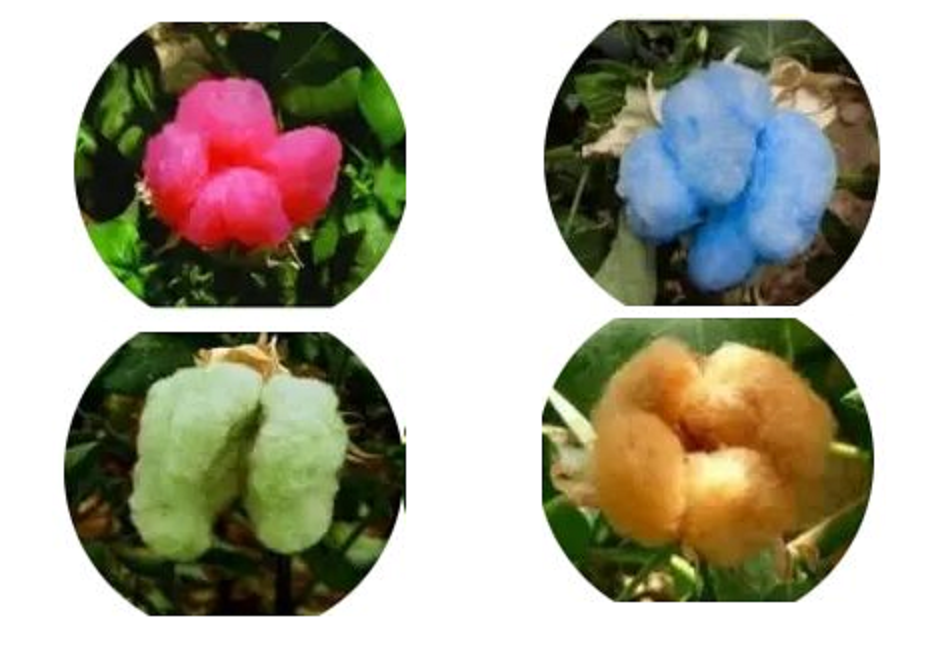Mega Trends in Home Textiles for 2024-2025
As consumers become increasingly eco-conscious, the textile industry is undergoing a transformation. From sustainable materials to cutting-edge technology, the future of home textiles promises more than just aesthetics—it’s about creating a healthier, smarter, and more responsible living environment.
1. Sustainable Materials and Processes: A Green Revolution
The textile industry has seen a remarkable shift towards sustainability, with natural fibers such as hemp, jute, flax, and nettle making a comeback. These fibers are not only durable and biodegradable but also have soil-regenerative properties, making them an environmentally friendly alternative to traditional cotton. Hemp, for instance, grows rapidly, sequesters carbon, and regenerates the soil, which reduces the ecological impact of textile farming
Beyond materials, the focus on circular economy principles has become pivotal. This approach emphasizes reducing waste by using closed-loop systems and regenerative agriculture. It moves beyond the simple “recycle, reuse, reduce” mindset, instead focusing on “restore, renew, replenish” to truly rejuvenate the environment.
Additionally, zero-waste production methods are gaining traction, integrating both technology and craftsmanship to minimize material loss. Advanced techniques like Digital dyeing, 3D printing ensure that products are created with minimal waste, contributing significantly to a sustainable supply chain
2. Technological Advancements: Smart Textiles Lead the Way
The textile industry is rapidly adopting cutting-edge technologies. 3D printing is revolutionizing the sector by enabling zero-waste production while allowing for complex, custom designs. This technology also facilitates the use of lab-grown biotextiles, which offer a sustainable alternative to conventional fabrics.
Smart textiles are another exciting innovation. These fabrics can respond to environmental stimuli like humidity or temperature, providing not just aesthetic but functional benefits. For instance, some textiles are being developed to regulate temperature or release antimicrobial agents, making homes safer and healthier.
Moreover, AI-driven systems are optimizing sustainability in textile production by assessing the quality of textiles for recycling and promoting resource-efficient manufacturing processes
3. Local and Traditional Craft Revival: A Return to Roots
In a world dominated by mass production, there is a renewed appreciation for local craftsmanship and traditional techniques. This trend reflects a growing desire for authenticity, sustainability, and the preservation of cultural heritage.
Natural dyeing techniques, which were almost forgotten in the wake of synthetic alternatives, are also making a comeback. Pigments derived from mud, plants, and even bacteria are not only environmentally friendly but also offer unique aesthetic qualities that resonate with consumers looking for bespoke, artisanal products.
The revival of small-scale, local production ensures that the environmental impact of transportation is minimized, while also supporting local economies
4. Eco-Friendly Innovations: The Future is Biodegradable
Innovations in eco-friendly textiles are paving the way for a more sustainable future. Biodegradable fabrics made from plant-based materials like spider silk, seaweed, and even food waste are starting to scale up. These materials decompose naturally, reducing landfill waste.
The exploration of edible textiles—fabrics that can potentially be consumed after use—may seem futuristic, but it highlights the industry’s commitment to developing truly zero-impact products. Brands are also developing fabrics with antimicrobial and UV-resistant properties, further boosting their appeal in a health-conscious world.
5. Human-Centered and Tactile Design: Comfort Meets Innovation
In an increasingly digital world, there is a growing desire for tactility and materiality in home textiles. People crave materials that offer a sensory experience, and the trend toward natural, durable textiles that age gracefully is answering that call. These materials not only provide comfort but also create an emotional connection, making homes feel more human and inviting.
The focus on comfort and longevity is not just about physical well-being. These textiles offer a sense of security, permanence, and sustainability, transforming how consumers think about home decor. This shift is driving demand for textiles that foster emotional well-being while being practical, long-lasting, and environmentally responsible.
Final Thoughts: Redefining the Future of Home Textiles
As the textile industry continues to innovate, consumers are presented with more sustainable, technologically advanced, and culturally rich choices. These trends in home textiles are not just a passing fad—they are redefining how we think about our living spaces and their impact on the planet. By embracing these trends, you are not just beautifying your home but also contributing to a more sustainable and thoughtful future.
decisions that reflect both personal style and environmental responsibility. Whether it’s choosing sustainable materials or investing in smart textiles, the future of home textiles is about creating spaces that are not only beautiful but also mindful of the planet’s well-being.
The best way to quickly generate innovative ideas with AI
Step into the future of innovation where AI ignites your creative spark. Our platform offers a suite of tools that leverages artificial intelligence to analyze trends, predict market demands, and inspire unique ideas. Transform your approach to problem-solving and product development with AI-driven creativity that sets you apart. Transform your approach to product development and problem-solving by integrating AI into your ideation process, ensuring that no insight is ever out of reach with our 10 powerful frameworks. “Step Into the Future of Innovation — Enhance Your Creative Process with AI Today!”




